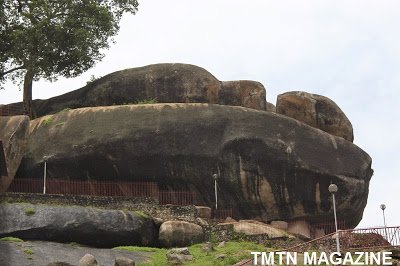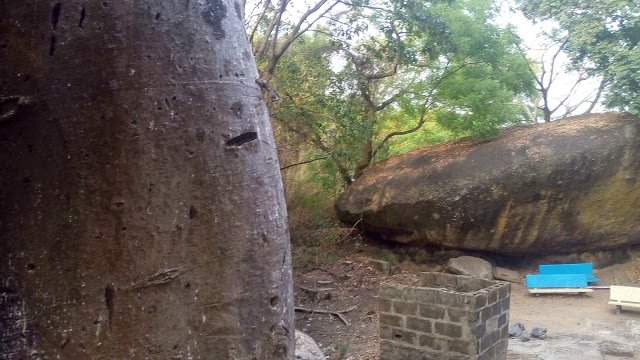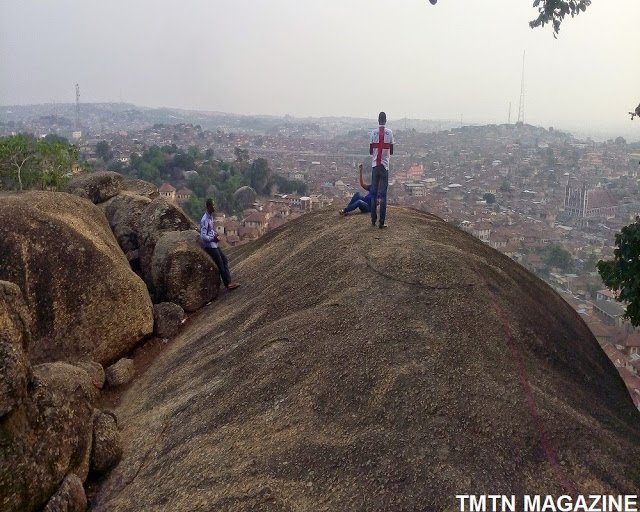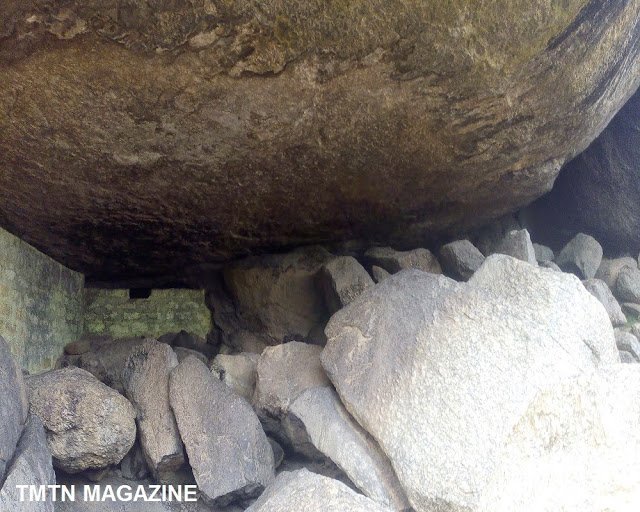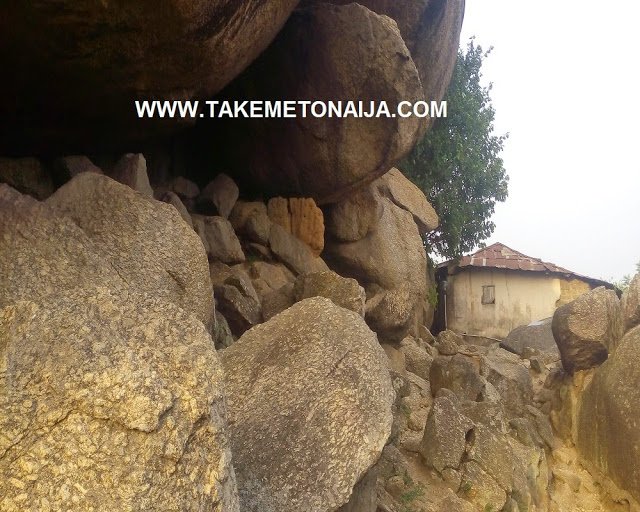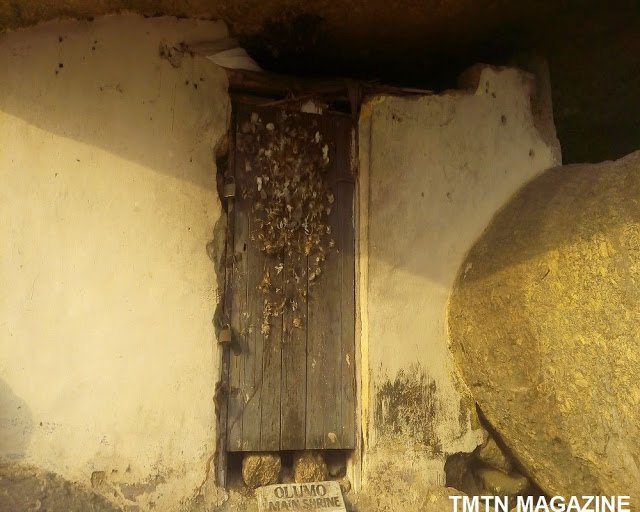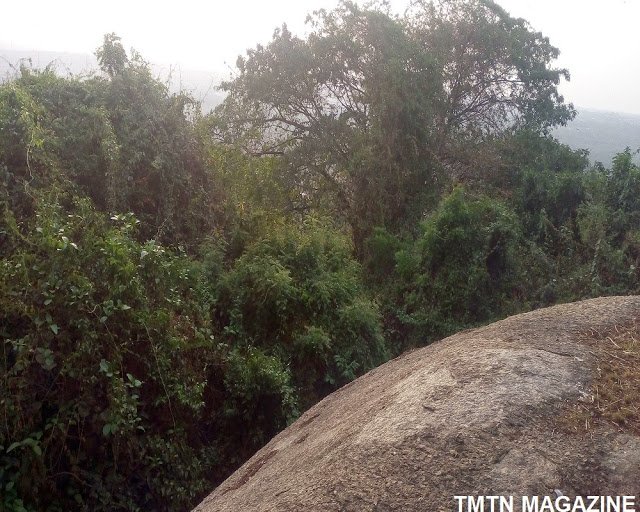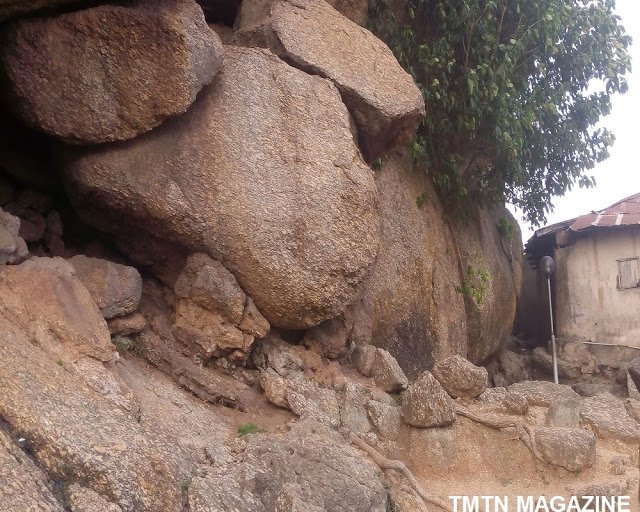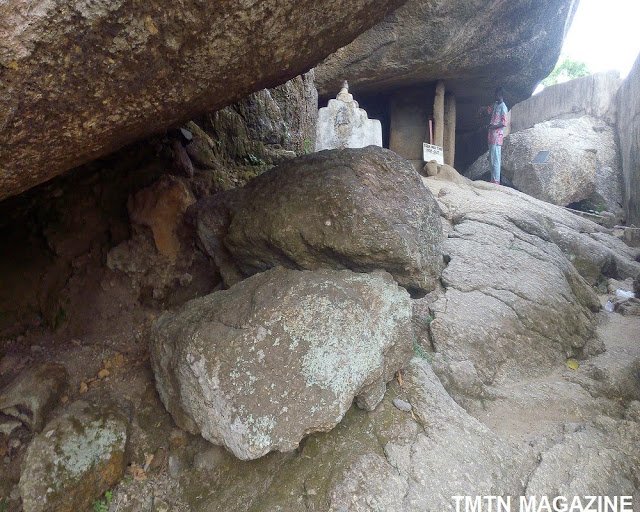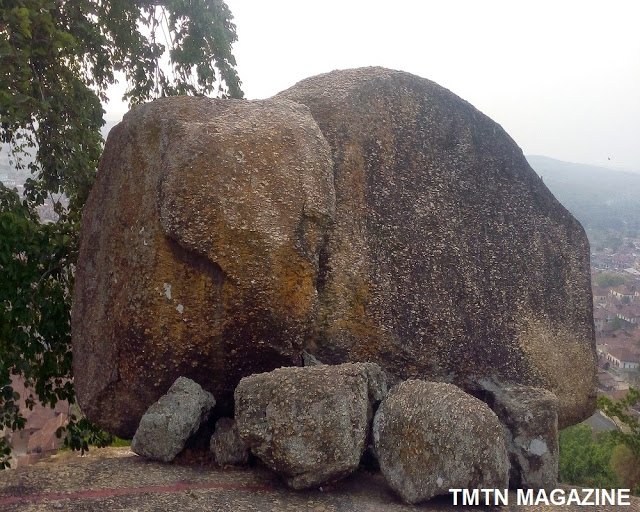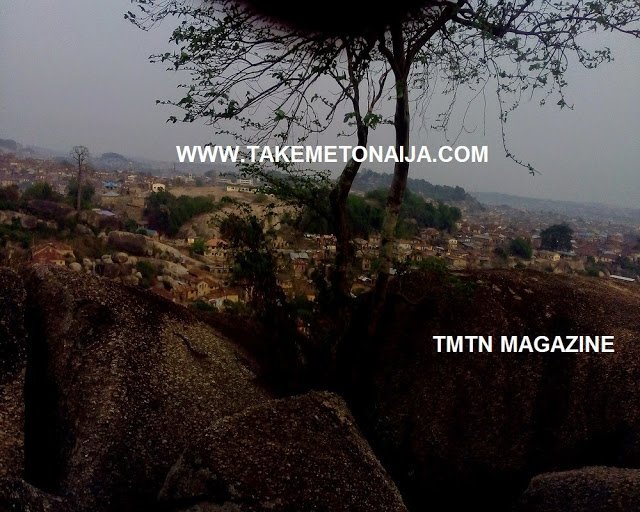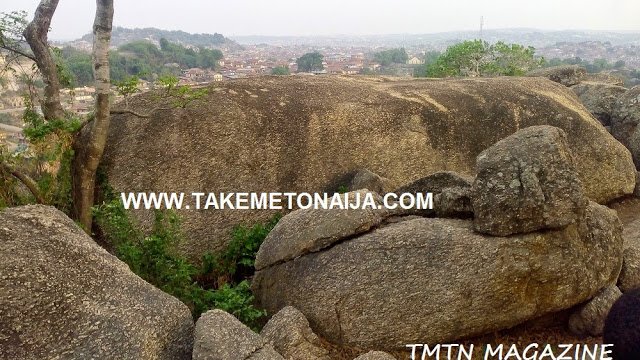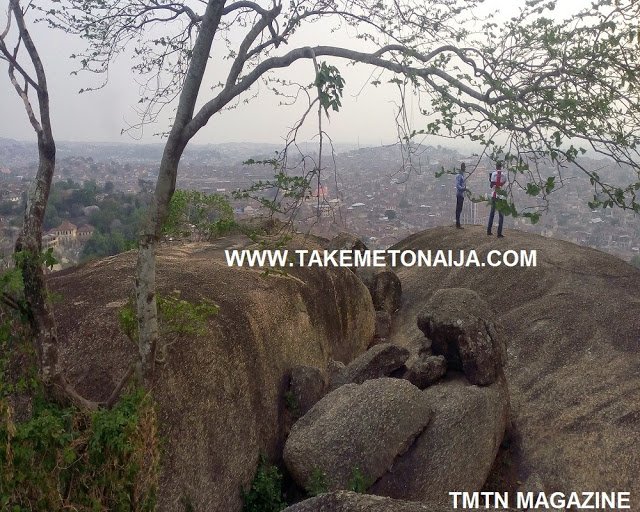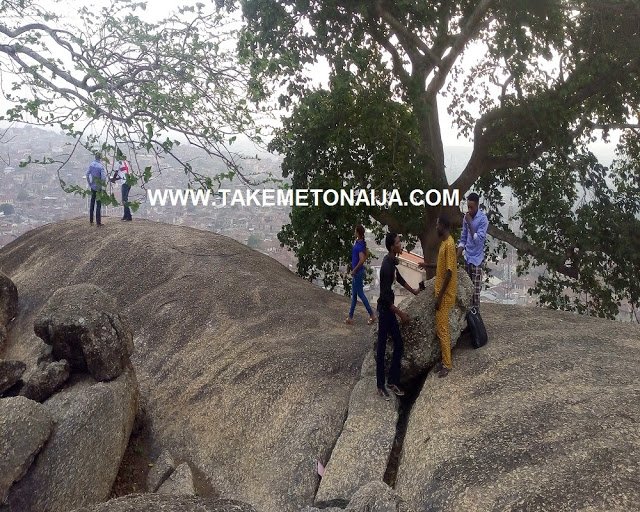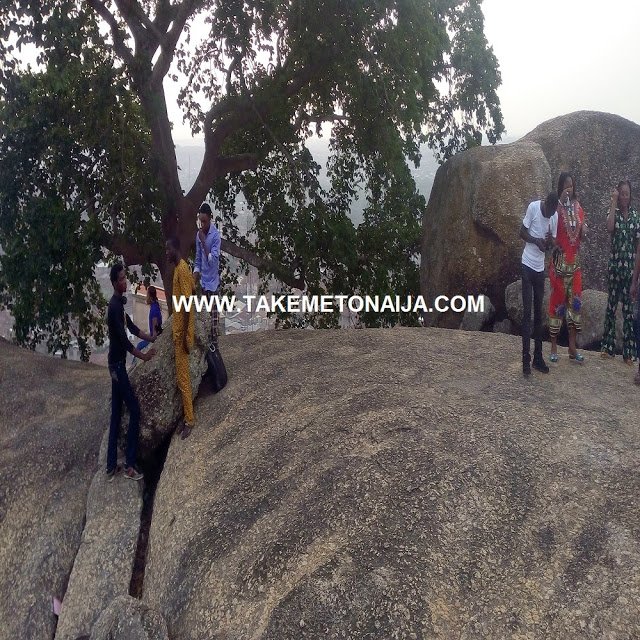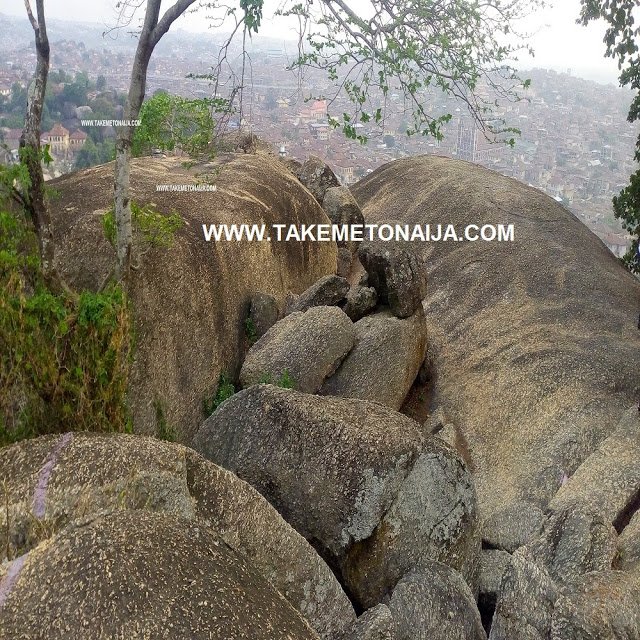TOURISM: About OLUMO ROCK Full History,New Pictures And Video.
NAME: OLUMO ROCK
LOCATION: Abeokuta, Ogun State, Nigeria.
TIN MAGAZINE MADE AN OFFICIAL VISIT TO THE POPULAR OLUMO ROCK OF OGUN STATE ON THE 28th OF FEBRUARY 2014, LEARNING NEW THINGS AND TAKING NEW UNCOMMON PICTURES OF THE ROCK TO SHARE WITH OUR DEAR VIEWERS, WE ALSO RECORDED A VIDEO OF HOW THE ROCK AND ITS ENVIRONMENT LOOKS LIKE, WATCHING THE VIDEO WILL MAKE YOU KNOW AND SEE ALL THE THINGS YOU WISH TO KNOW ABOUT THIS ROCK, THE VIDEO IS DOWN BELOW THIS POST, AND YOU SHOULD ALSO CHECKOUT THE UNCOMMON PICTURES OF THIS ATTRACTION CENTRE ALONGSIDE THE INTERESTING HISTORY.
ABOUT
Olumo rock is located in Abeokuta the Ogun state capital. The rock dates back to the days when songs of war dominated the airwaves in Yoruba land, that’s was in the first quarter of 19th century when Oyo empire was falling apart from pressure of Fulani attacks from outside and fraternal conflicts from within.
Egba is the name of the local people of Abeokuta who once live under the Oyo Empire. As of 2005 Abeokuta and the surrounding area had a population of 593,140.
Abeokuta lies in fertile country, the surface of which is broken by masses of grey granite.it is spread over an extensive area, being surrounded by mud walls 18 miles in extent. Palm-oil, timber, rubber, yams and Shea-butter are the chief articles of trade. It lies below the Olumo rock, home to several caves and shrines. The town depends on the Oyan river dam for its water supply, which is not always dependable.
Olumo rock, one of the most popular tourist destinations in Nigeria, it sits in the ancient city center of Abeokuta – a name which means ‘under the rock’. Abeokuta was originally inhabited by the Egba people who found refuge at the Olumo rock during the inter-tribal wars in the 19th century. The rock provided sanctuary to the people as well as a vantage point to monitor the enemy’s advance leading to eventual triumph in war. The town of Abeokuta eventually grew as these new settlers spread out from this location. Olumo means “all the troubles and sufferings were over” .Olumo rock was turned into a tourist site in 1976 and thus commission in February 3rd 2006 by chief Olusegun Obasanjo.
Olumo rock is natures massive monuments made of indigenous material, with the highest point at 137 meters from the base of the rock. From a perspective angle, it looks like “behemoth” in a sitting position; it also appears as a female mammoth guarding her brood. In metaphysics, the fact of its indigenous formation can be said to be its strength as a refuge, a hideout during the process of sitting in their new settlement which is the present day Abeokuta.
In addition, the rock functioned as a tower of strength for Egba in their wars to defend the new settlement. Symbolically Olumo is the single most important representation of Egba nationalism, it is the unique monument inseparably associated with their heroism and freedom. It is to them what status of Liberty is to Americans, it never fails to fascinate both the young and the old with its sheer size, configuration and several chambers located inside the belly of the “behemoth” in which its brood was hidden from the danger of incessant assault in the past. However Olumo rock became the symbol of unity, freedom of the Egba’s and all the residents of Abeokuta.
Domestic and international tourist now explore the special features of the rock which include the gardens on the rock, the natural tunnels and cleft path ways, the natural cantilevers and overhangs, the unusual trees, relics of the belief system of the early settlers on the rock. There is also three heavy escalators now installed at the 3 natural heights of the rock, covering a total of about 20 floor of a high rise building, tourist also experience a scenic and panoramic views of the ancient city from the highest peak of the rock.
We were showed the Ancient way which led to the top of Olumo rock,
the height of the rock is 137meters above sea level and at this point the whole Abeokuta could be seen e.g the first Church in Nigeria, N.T.A Abeokuta, Baptist Boys High School, The family house of late Abiola, the Central Mosque, Sanatan, River Ogun etc.
And not forgetting there is this cool elevator there for people who do not have the strength to climb using their legs like we did, i took the elevator though and it was fun.
HISTORY
Historically, Olumo rock was discovered by a hunter famer named Adagba and he found the rock to be a natural place of refuge from wars and threat of wars. Adagba retreated with his wife to the safety of the rock whenever the need arise. Egba reconnaissance men (consisting of three hunters) who met with Adagba where brought to the rock and were convinced that their search for a new secure home base is over. With the surrounding fertile wooded savannah and the presence of Ogun River, they believe that they have arrived at the promise land. Confirmation of the suitability of the site by Ifa divination was needed to seal of approval.
In 1830, shoeke, a hunter and leader of Egba refugees from Ibadan area founded the town of Abeokuta which means “beneath the rock”. The rock was later named “Olumo” which had two levels of meaning. The first is “Olu” (God) “Mo” (Molded) the second is “Oluwa fi mo” (God has put an end to our wandering and suffering).
Following the history TMTN learnt from the tour, it was said that the Rock is annually celebrated which involves sacrifices and according to history Human beings are what is used for this annual sacrifice majorly strangers but now things has changed has we’ve entered a civilized world they now use animals and fruits. They have this accient shrine inside the rock in which all these sacrifices are beeing done.
It was claimed that this rock has been a huge help to the town back in the day most especially for the Egba People of the town as it often save them from war and many more other attacks. There are many heroes statue there under the rock, i mean heroes who fought for the community.
It was noted that during the raining season Olumo rock produced water that could be used by local herbalist to cure sickness and diseases but it stopped producing water 50years ago, close to this point was a tomb behind the house of a chief called Sonni Osi-Toko who died on the 23rd January 1956 at 122yrs.
Another funny fact we were told is there is a very tall tree beside the uppermost part of the rock they said is over 300years old.
VIDEO BELOW
PICTURES TAKEN.
KEEP ON EXPECTING THE OFFICIAL VIDEO RECORDED DURING THE TOUR FROM US SOON.
REFERENCES: LOGBABY.COM,TAKEMETONAIJA.COM
